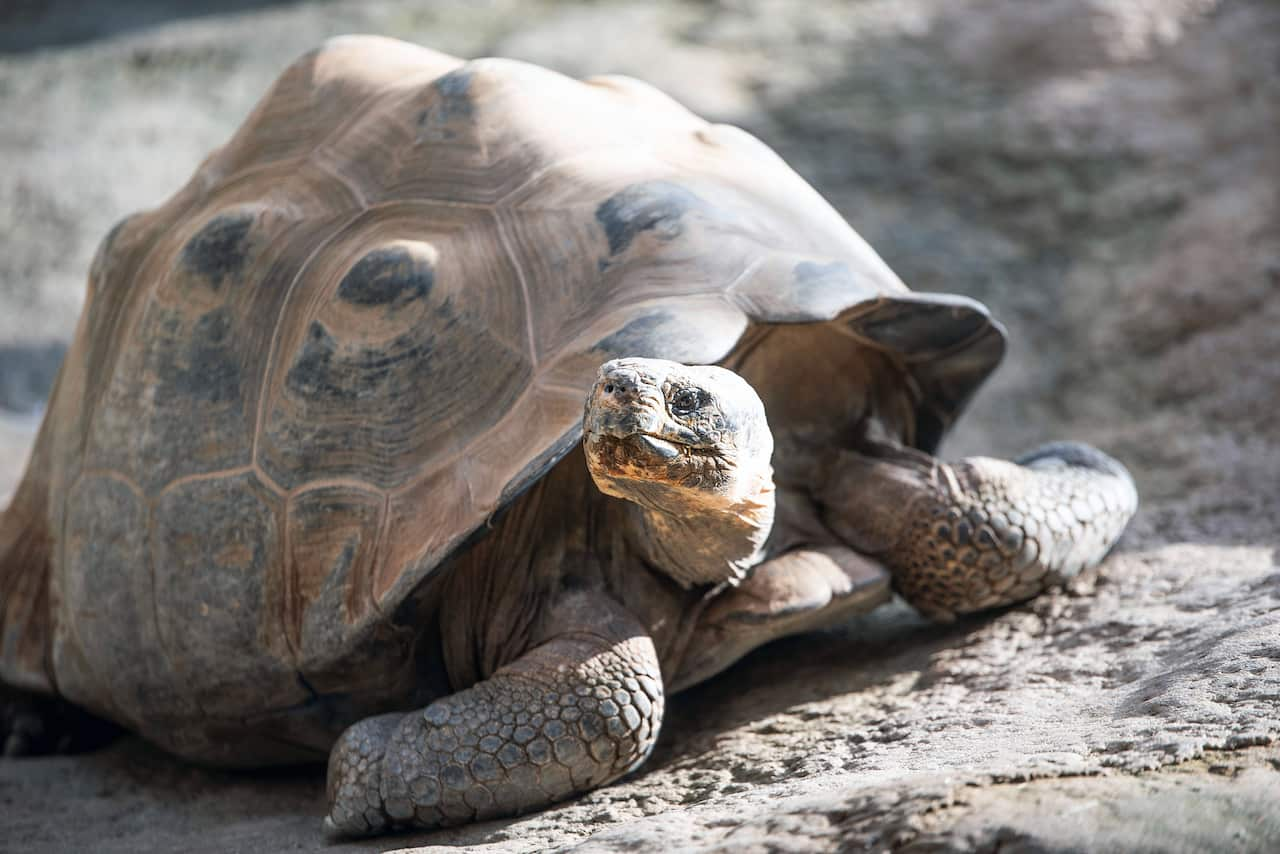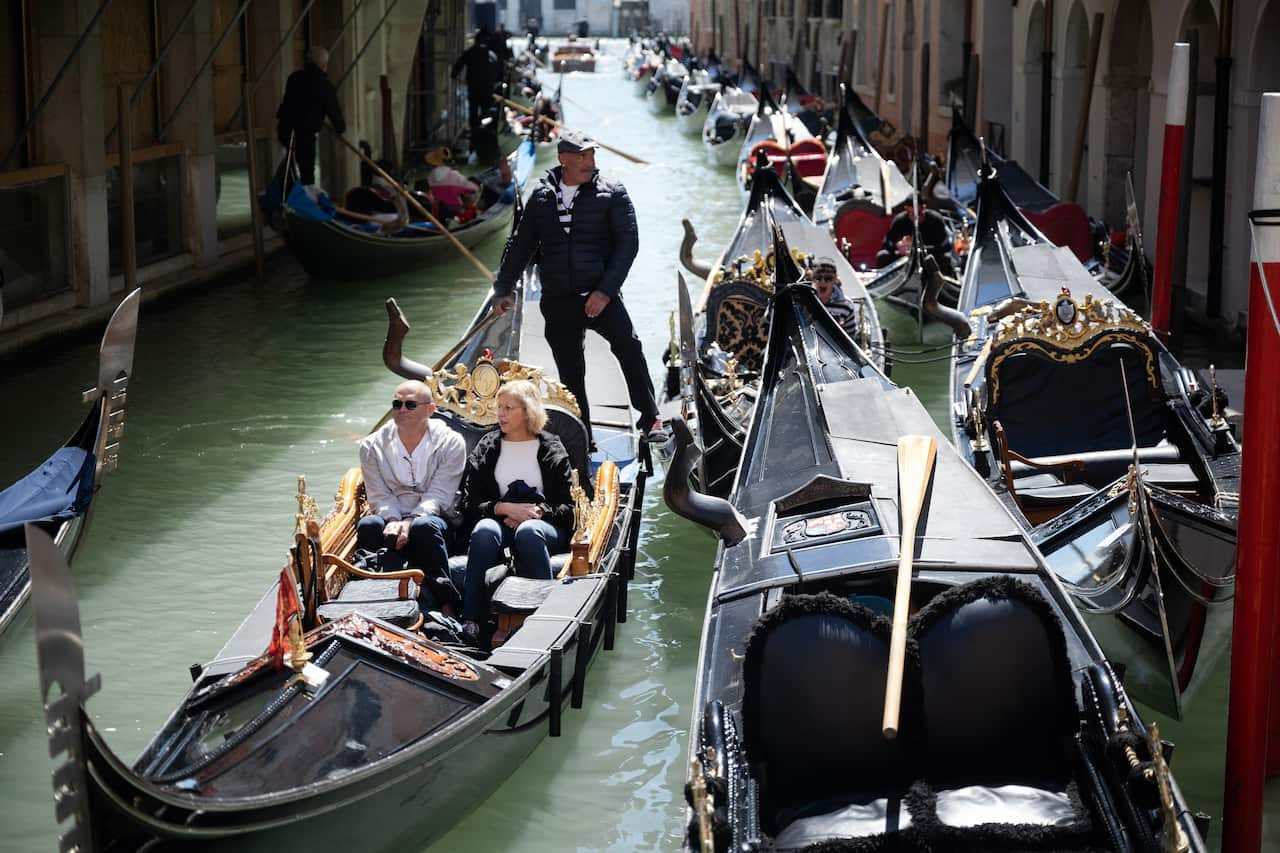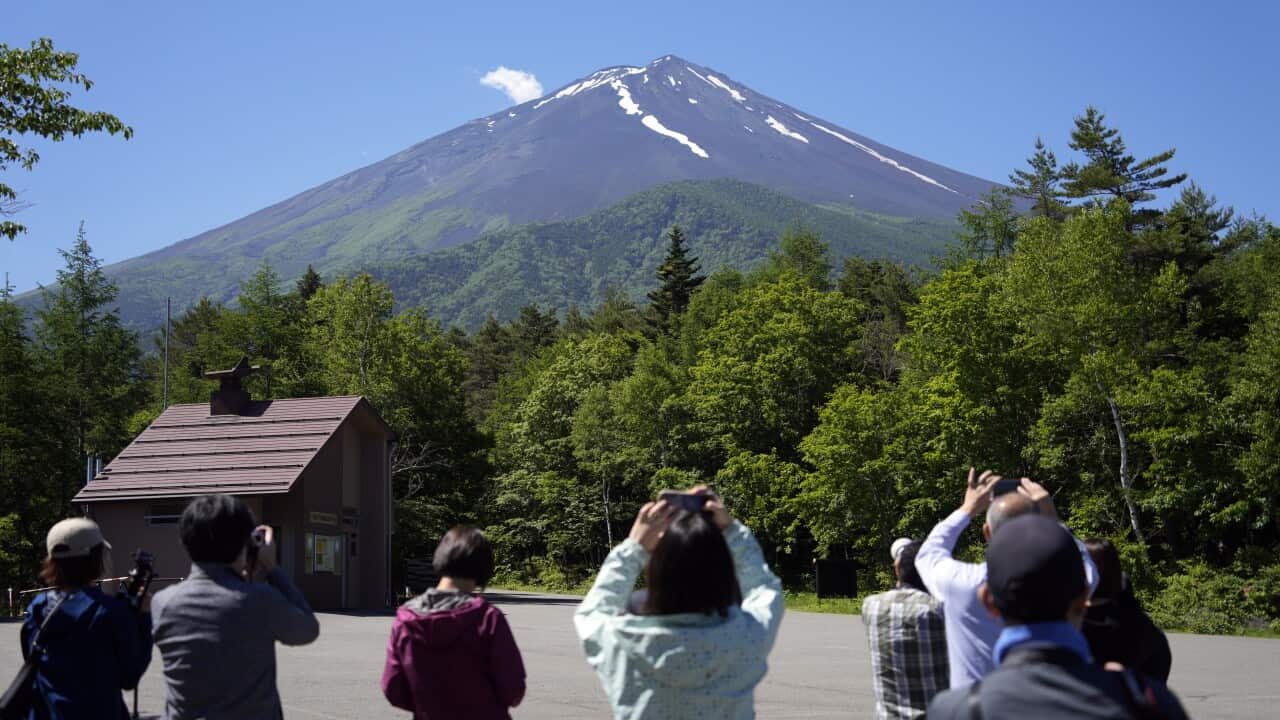Mount Fuji in Japan is among the places cracking down on over-tourism by introducing fees to climb the active volcano.
Depending on the effectiveness of the tourism measure, a similar charge may be implemented at other Japanese tourist attractions in the future.
Here’s a look at a few other places around the world where the cost of visiting is increasing.
Galapagos
Ecuadorian nationals have also seen their local rate jump 500 per cent.

A male Galapagos tortoise can weigh up to 227kg. Source: Getty / .
A sharp rise in tourists — a record 330,000 visitors went last year — has put pressure on the Galapagos Islands’ water and food resources and all fees raised will help support the island’s unique collection of species.
The number of flights to the islands has also been limited since 2012.
Bali
The popular holiday destination introduced the fee to “improve waste management,[and] preserve cultural sites and the local environment”, according to Indonesia’s deputy tourism minister.
More than 1.3 million Australians visited Indonesia in 2023, with the majority heading to Bali, making it the nation’s most popular destination.
Venice and other European hotspots
The city’s tourism officials say they want to “safeguard spaces of residents” and find a new balance with tourists.

Venice attracts about 20 million visitors annually. Source: AFP / Marco Bertorello / AFP via Getty Images
Venice joins cities like Barcelona and Amsterdam, the latter of which has the highest tourist tax in Europe, intended to limit the number of visitors.
The Dutch government has raised room fees by 12.5 per cent, with the average room rate of €175 ($282) up €21 ($34). While cruise passengers are taxed 11 euros ($18) per day.
Bhutan
However, as the tourism industry struggled coming out of the COVID-19 pandemic it has halved the daily fee to US$100 ($200).
The current reduction is valid till 31 August 2027, with all funds raised used to sustainably develop the country’s infrastructure.
Hawaii
The legislation passed the House but failed in the Senate. It is the third year in a row that Hawaii’s government has attempted to introduce a fee to help protect its fragile environment.
